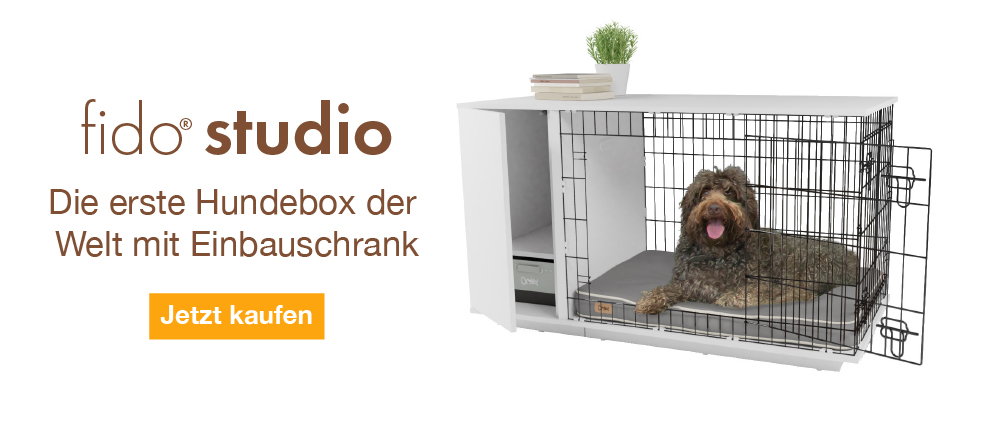Papillon










Geschichte
The Papillon originates from France and dates back centuries. It is classed as a Toy Spaniel and was much favoured by Ladies of court. Paintings featuring the breed date back to the 13th century. Papillon means 'butterfly' in French; they were given this name due to their ears looking like butterflies' wings. The upright ears and drop ears (called Phalene - meaning night moth) are born in the same litter. Papillon are more common than the Phalene, although the latter are becoming more common nowadays. Bred mainly as companion dogs, they were small enough for Ladies to carry them under their arms.
Verhalten
The Papillon is an active, friendly and enthusiast breed, who like to be around people and be the centre of attention. They get along well with other dogs, cats and children and always seem to be busy. They will bark when someone is at the door, but are friendly with strangers in the house and when out walking. They are people dogs, but not a typical lap dog. They will want their own space, but are happy with a cuddle on the sofa, but on their own terms.
Papillons are highly trainable and like to learn. They do well learning tricks and pleasing their owners, which makes training relatively straight forward. A combination of praise, positive reinforcement and play will make teaching easier for them, but this breed is happy to be taught and thrives on the attention. Recall is usually good. As with many small dogs, they have a larger than life personality and can sometimes take on dogs much larger than themselves. Taking them to puppy classes will teach them how to behave around other dogs.
The Papillon has a medium to high energy level, which can be met with a walk every day and a vigorous play session at home. They like to explore their surroundings but tend to not wander too far from you. They do well in obedience training and agility and their lively personality is infectious to watch, which will help expel their energy.
Their longish coat does require some care, but this is usually just regular brushing to keep it looking in top condition. They rarely need a bath and tend not to have a strong dog odour. The drop eared variety might need the fur on it's ears trimming to prevent matting.
Like many small dogs, they can suffer from Patellar Luxation and Progressive Retinal Atrophy.
Charakter
Papillons have a bright and spirited temperament. One of the most biddable toy breeds the Papillon is an intelligent little dog. They are lively and playful so are not always the wisest choice if you want a calm lap dog but the Papillon does still make an excellant companion. They are polite with strangers and other dogs but early socialisation will go a long way in creating a well rounded dog.
Gesundheitliche Probleme
Health problems that may affect Papillons include progressive retinal atrophy (PRA: degeneration of the retina which can lead to blindness), cataracts, other eye problems, heart disease, luxating patella (dislocation of the kneecap), digestive disease, blood clotting disease, allergies and inherited deafness.
Einzelheiten zur Rasse
- Status: Common
- Lebenserwartung: 11 - 15 years
- Produktgewicht: 3.6 - 4.5 kg
- Höhe: 8 - 11"
- Selten: Nein
- Fell: Größe M
- Pflegeanforderungen: Mehr als einmal pro Woche
- Stadt oder Land: Beides
- Mindestanforderungen an Umgebung: Wohnung
- Mindestanforderungen an Garten: Kein Garten
- Rassetyp: Spielhund
- Version: Größe S
- Energieniveau: Hoch














